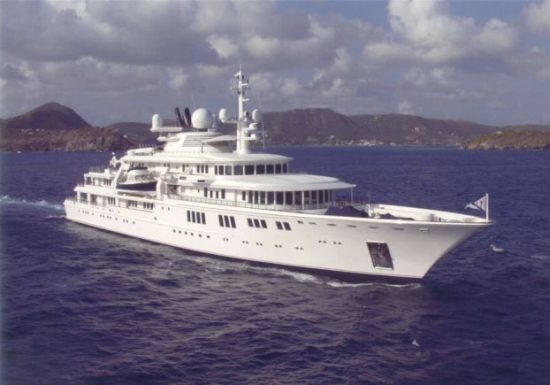Remember back in 2016 when the anchor and chain of Microsoft Founder Paul Allen’s superyacht Tatoosh damaged large sections of Cayman Island reef?
The incident occurred in a protected area of Grand Cayman called the West Bay replenishment zone, which is near popular scuba diving sites.
13,000 square feet of coral reef habitat within the marine park off Seven Mile Beach when Tatoosh dragged her anchor chain across the reef in strong winds.
The yacht was legitimately anchored at the time in a designated spot, as directed by the Port Authority.
Well the Compensation money paid by Microsoft founder is being used to help ensure similar incidents do not happen in future.
After the incident Mr. Allen’s company agreed to a compensation settlement with the Department of Environment, hiring a contractor to attempt to restore the damaged reef and making funds available for a more secure mooring system.
Now the local government has laid the first of four new superyacht moorings.
The giant orange mooring buoy is designed for yachts of 35 metres or more and dwarfs smaller fishing and diving vessels.
Writing in Cayman Compass James Whittaker reports on a slick operation involving the Department of Environment and West Indian Marine just to get the 13.5 tonne anchor, attached to a coil of 5 centimetre stud link chain, into the water.
The anchor was dropped, right on target, on a sandy patch in around 15 metres of water.
“It is pretty enormous, this first one was a bit of a learning curve because we have never handled anything this big in shipping before,” said Scott Slaybaugh, deputy director of the department.
A Department of Environment research officer with experience in maintaining moorings for supertankers led the operation.
The Department of Environment plans to place one more mooring in Grand Cayman and two in the Sister Islands.
Mr. Slaybaugh said the buoys would provide secure anchorage for Superyachts for the first time in the Cayman Islands.
“We thought it was an appropriate use of the funds from the Tatoosh settlement, to prevent this same type of issue happening again,” he said.

